Designing With Patterned Foliage: Using Plants With Variegated Leaves
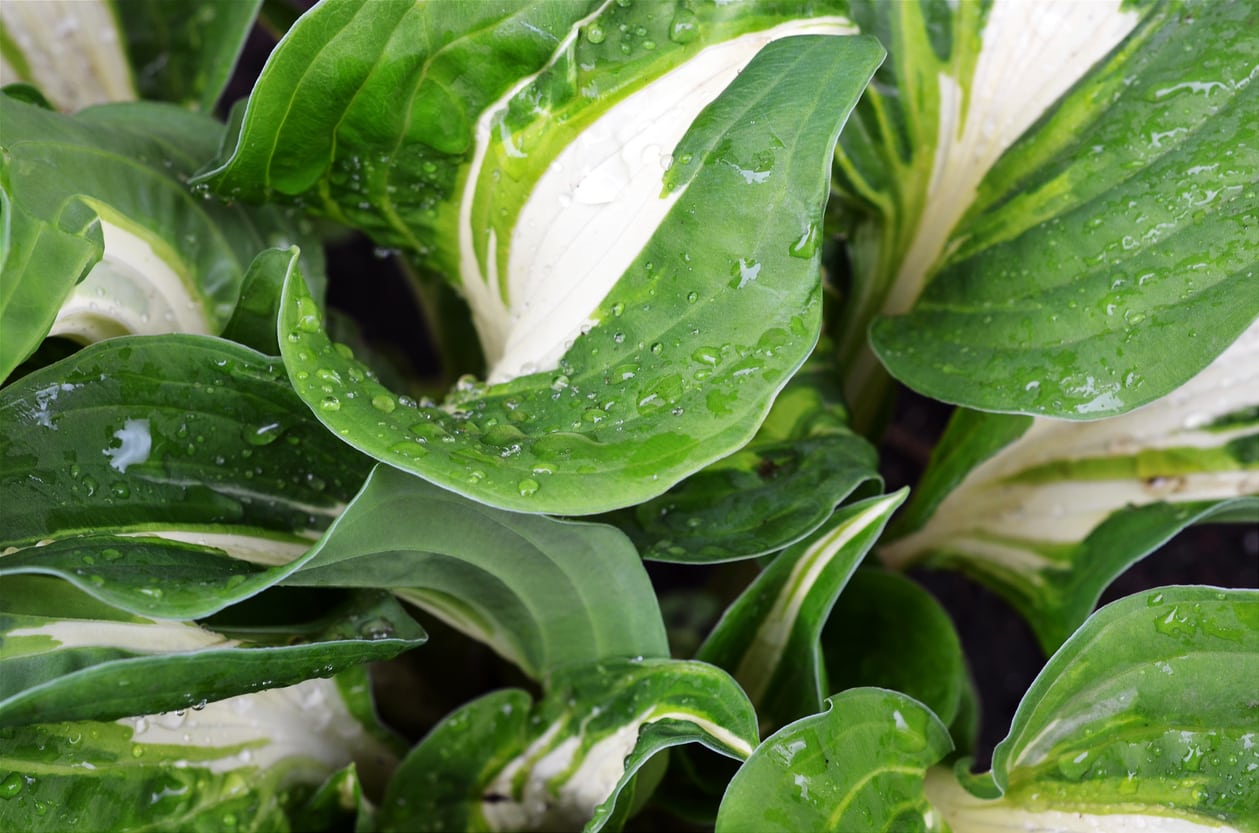

Plants with patterned foliage can be a lot of fun and can add a whole new dimension of color and texture to your garden. However, if you aren’t careful, too much variegated foliage can be busy and jarring to the eyes. If you’re a fan of variegated foliage, never fear. With a little careful planning, you can learn how to use patterned plants with taste and creativity. Read on for tips and strategies for designing with patterned foliage in the garden.
How to Use Patterned Plants
Plants with variegated leaves need to be used strategically for the greatest effect. Here are some tips that can help: Add a dark background: Show off plants with variegated leaves by planting them in front of a background of contrasting color, such as an evergreen hedge or dark wall. Think about how variegated foliage works together. For instance, plants with pale white or yellow markings really pop amidst foliage with near-black, deep purple or dark green variegations. Color coordinating works, too. For instance, plants with white flowers and green and white leaves are beautiful in a shady garden. Creamy variegations pair well with creamy pink, peach or yellow. Grouping variegated plants: Grouping plants with patterned foliage can turn into a mish mash if not done correctly. To make it work, try pairing plants with the same colors but different patterns. For example, a plant with lot of dark green and a touch of creamy white alongside plants with predominantly creamy white and discreet splashes of dark green work well. Leaf shapes: A variety of leaf shapes will prevent too much sameness when you’re designing with variegated foliage. Try mixing things up, such as a plant with large, palmate leaves against variegated ornamental grass with narrow, arching foliage. Adding solids: If you like using lots of plants with variegated leaves, the end result can be overwhelming. You can get around this by planting plenty of solid green plants amidst all the variegated foliage. Up close: Plants with variegated leaves look great when located where you can get a close look, such as in patio containers or hanging baskets, along a path or sidewalk, or at the front of a flower bed. This is especially true of plants with small patterns, while variegated foliage with big, bold variegations look better at a distance of at least 15 ft. (4 m.). Too much of a good thing: Be careful about too many similar patterns, such as several plants with mottles or splotches. Instead, add variety by pairing small, blotchy patterns next to a plant with bold stripes running down the center or edges of leaves. Don’t be afraid to experiment. Plants aren’t permanent. If you aren’t happy, you can always try something else. Have fun!
Gardening tips, videos, info and more delivered right to your inbox!
Sign up for the Gardening Know How newsletter today and receive a free copy of our e-book "How to Grow Delicious Tomatoes".

A Credentialed Garden Writer, Mary H. Dyer was with Gardening Know How in the very beginning, publishing articles as early as 2007.
-
 5 Tough Urban Trees That Thrive In Cities – Top Picks For Urban & Suburban Landscapes
5 Tough Urban Trees That Thrive In Cities – Top Picks For Urban & Suburban LandscapesExplore the best urban trees that will add value to even the most challenging of landscapes. Get growing with these ideas and enjoy all the benefits of trees.
By Teo Spengler
-
 7 New & Improved Cultivars Of Old-Fashioned Plants – These Aren’t Your Grandma’s Plants!
7 New & Improved Cultivars Of Old-Fashioned Plants – These Aren’t Your Grandma’s Plants!Old is new again! These old-fashioned plants have new cultivars that are sure to thrive in your garden and bring the charm factor. Neighbors will be envious!
By Mary Ellen Ellis
-
 Best Plants For Evergreen Hedges
Best Plants For Evergreen HedgesEvergreens make the perfect hedge for screening, and there are so many to choose from. Read on to learn all about them.
By Amy Grant
-
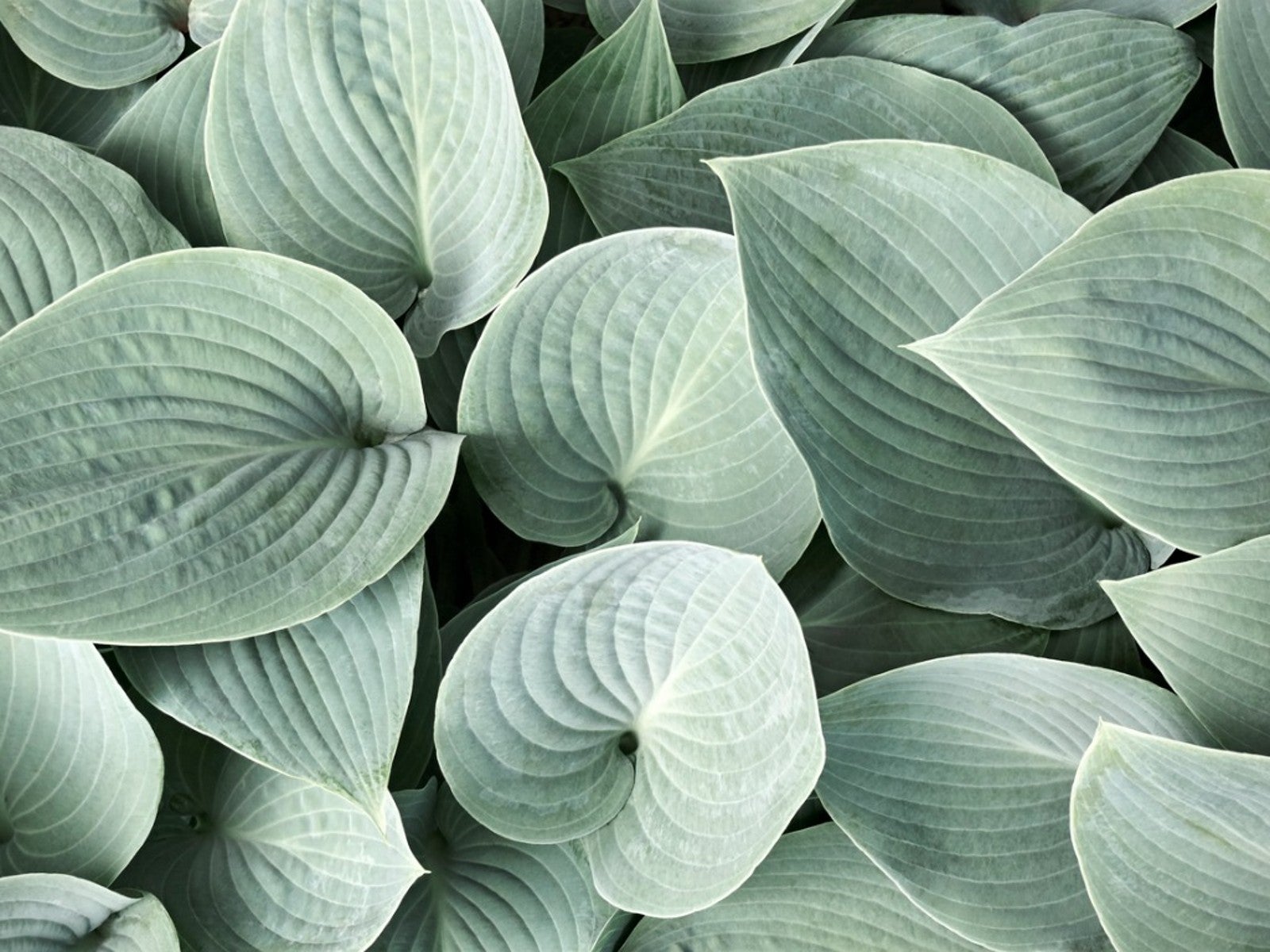 Creating A Pastel Plant Aesthetic With Light Colored Foliage
Creating A Pastel Plant Aesthetic With Light Colored FoliageClick here for ideas on plants with pastel colored foliage.
By Susan Albert
-
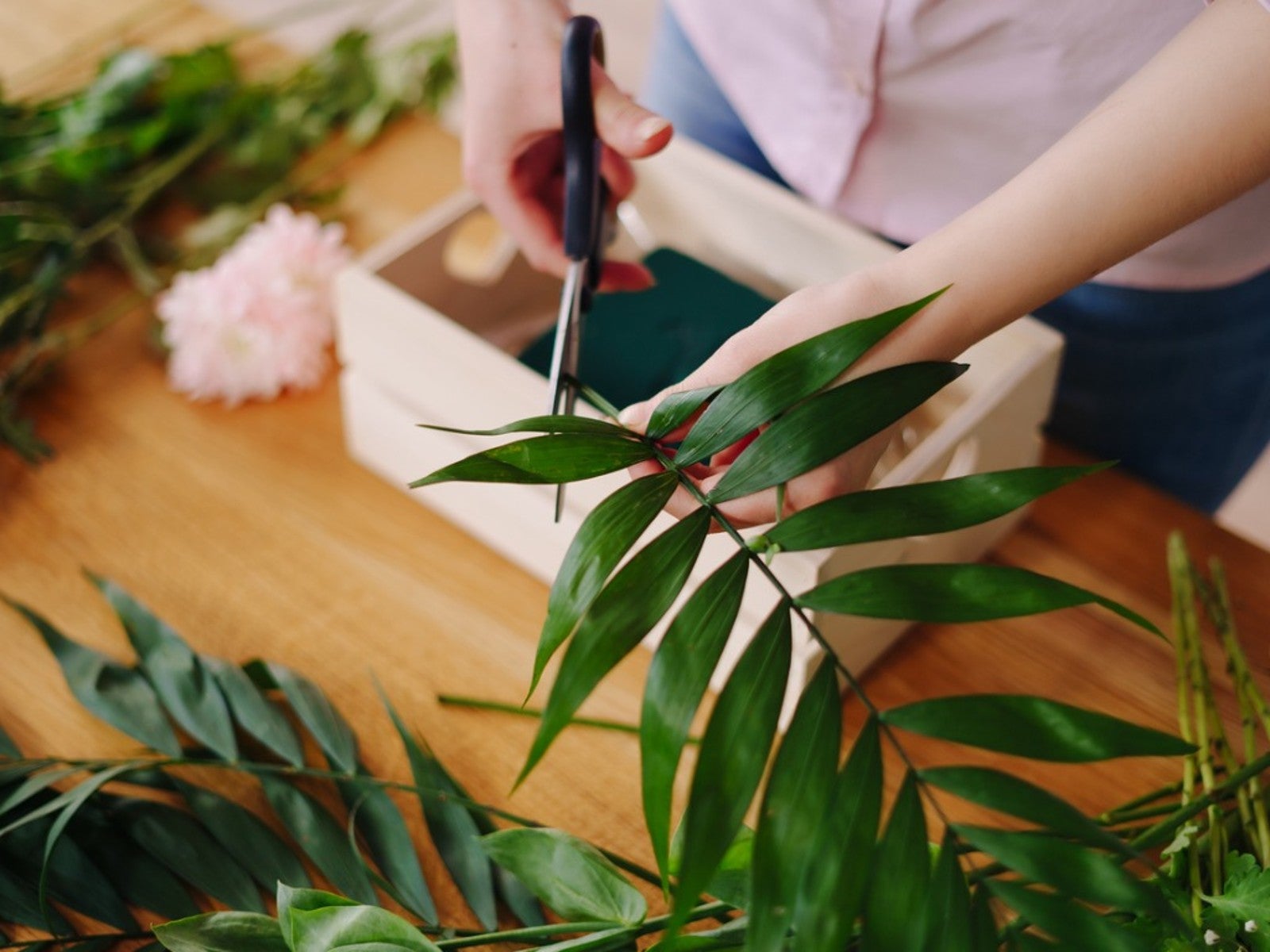 Dark Green Foliage For Flower Arrangements
Dark Green Foliage For Flower ArrangementsThe creation of your own fresh flower arrangement is a fun and exciting garden project. Click here to learn about common foliage options for flower arrangements.
By Tonya Barnett
-
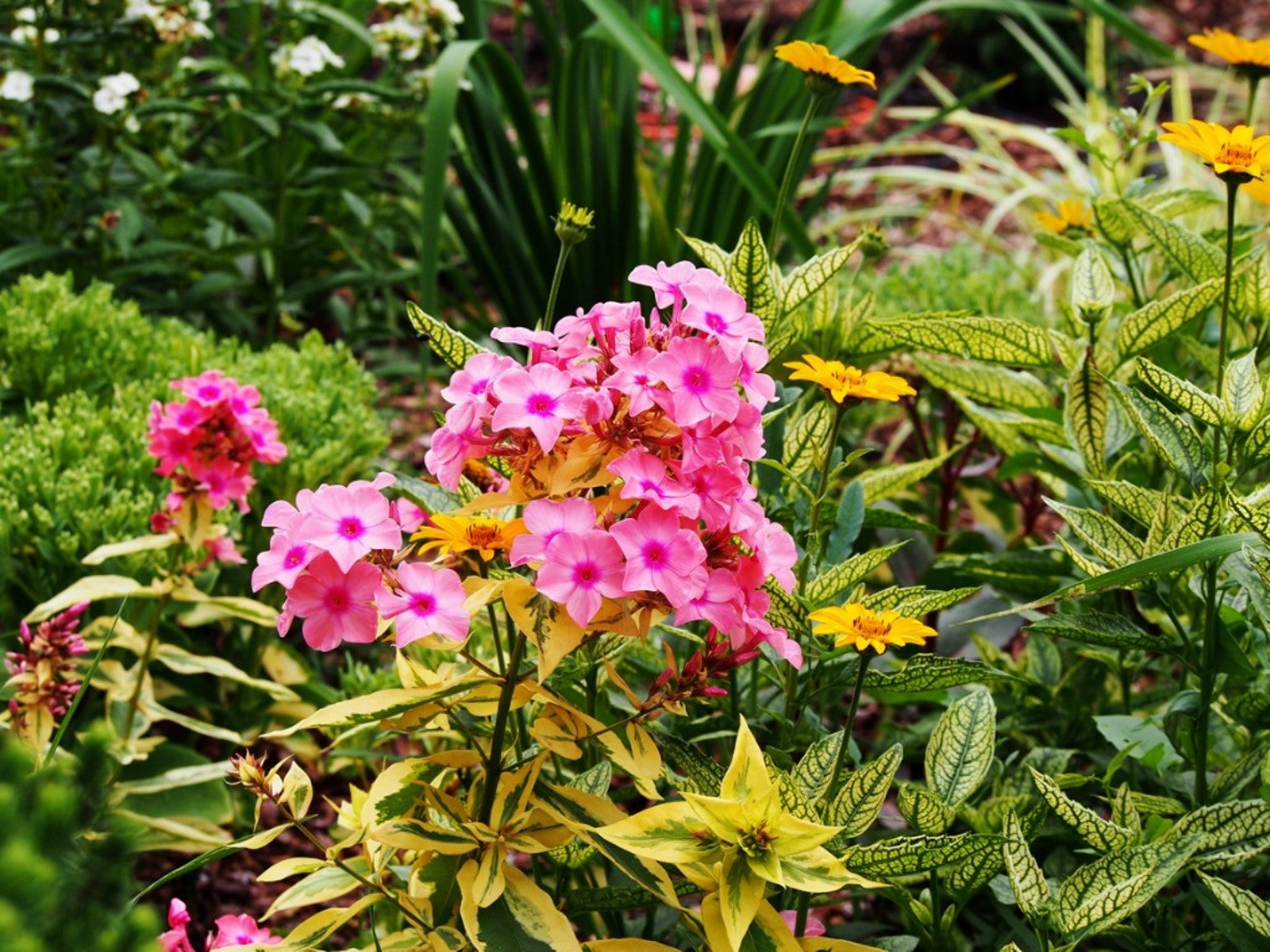 Fabulous Flowering Plants With Variegated Leaves
Fabulous Flowering Plants With Variegated LeavesGardeners often choose variegated leaves when they don't have flowers. But why not have both? These variegated flowering plants do.
By Mary Ellen Ellis
-
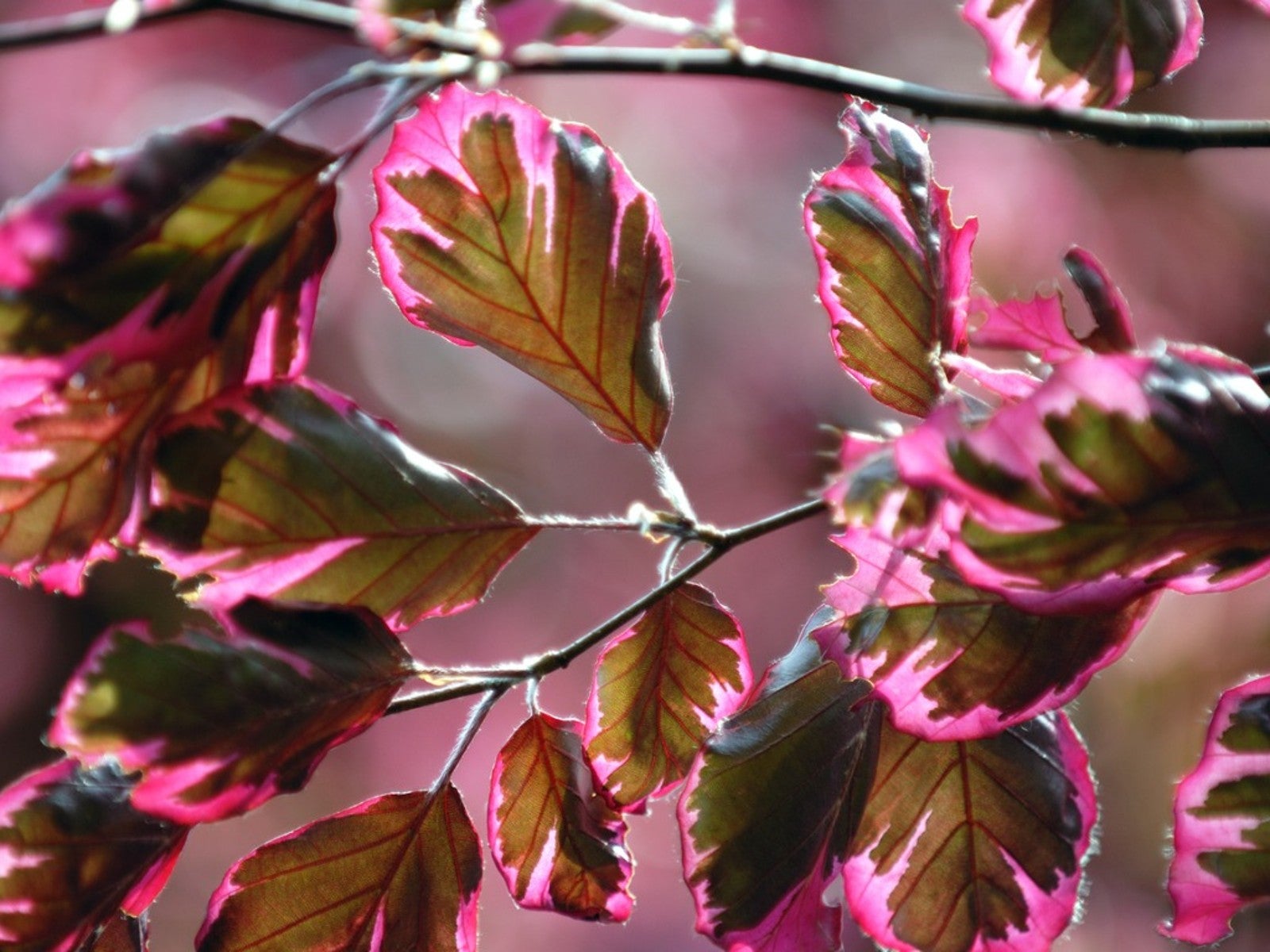 5 Unique Pink Plants - Outdoor Plants With Pink Foliage For The Garden
5 Unique Pink Plants - Outdoor Plants With Pink Foliage For The GardenPink foliage plants are truly unique. They add unexpected, eye-catching color to landscaping and beds. If you’re looking for a plant that has princess-pink leaves, green with pink variegation, or deep rose hues, these five examples will do the trick.
By Mary Ellen Ellis
-
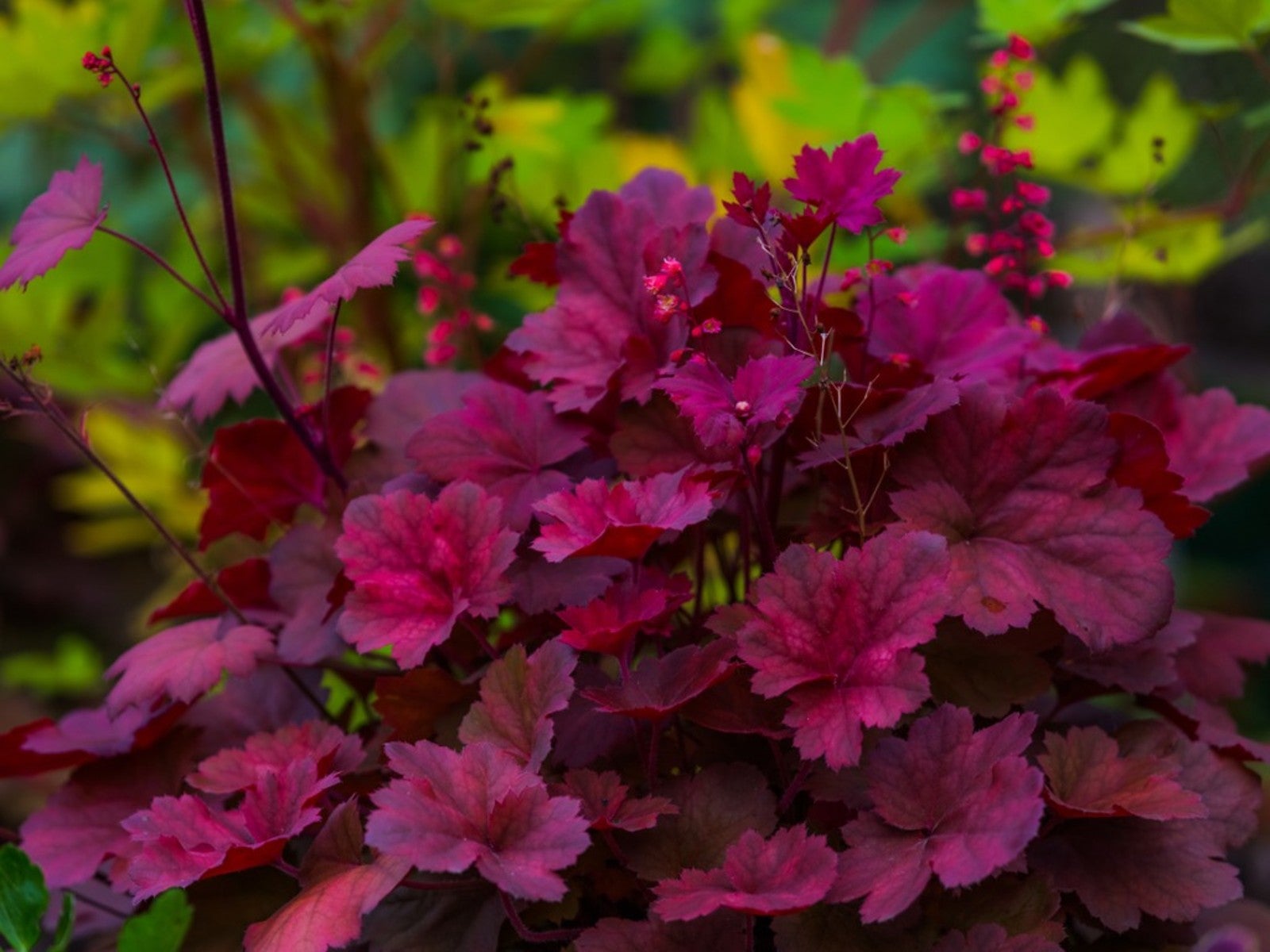 Add A Pop Of Red To Your Garden Bed - 5 Plants With Fabulous Red Foliage
Add A Pop Of Red To Your Garden Bed - 5 Plants With Fabulous Red FoliageThere are plenty of red foliage perennials and shrubs to use as accents or primary pops of color in the garden. Read on for our top 5.
By Amy Grant
-
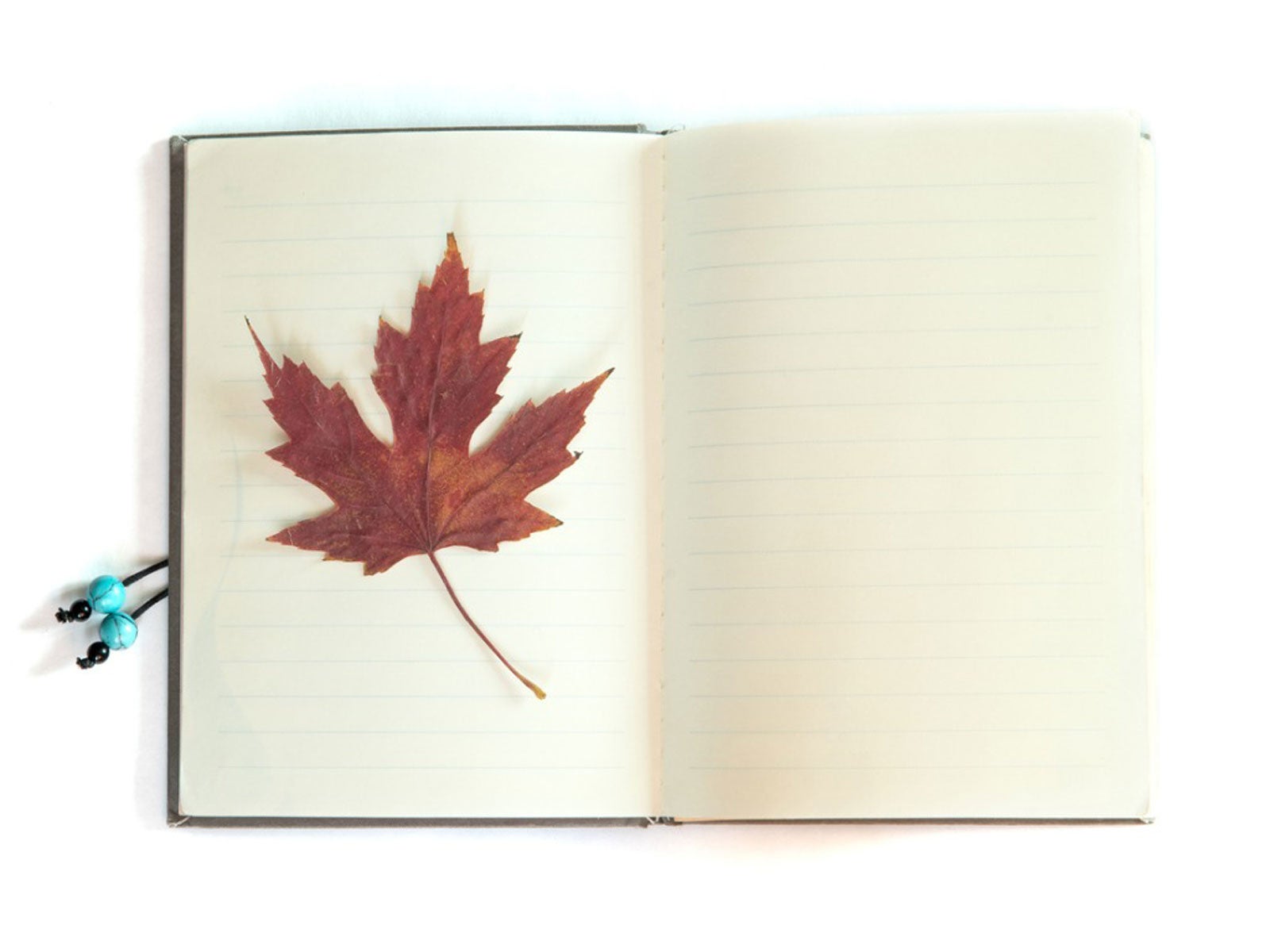 Can You Press Fall Leaves: Methods For Pressing Autumn Leaves
Can You Press Fall Leaves: Methods For Pressing Autumn LeavesPreserving leaves is an old pastime and art. Pressing flowers is more common, but to create spectacular fall displays, try leaves. Get started here.
By Mary Ellen Ellis
-
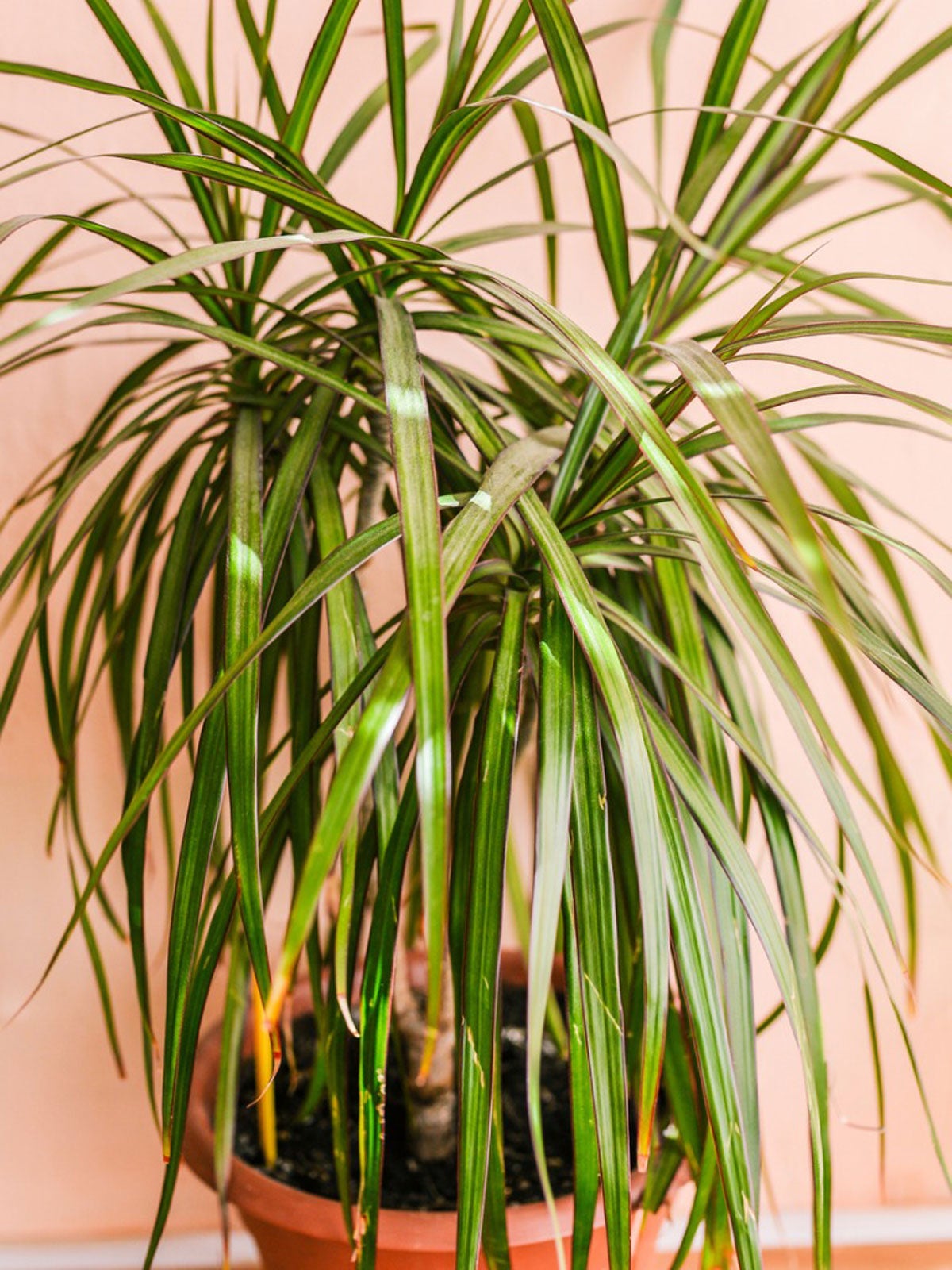 What Leaves Are Narrow: Learn About Plants With Long, Thin Leaves
What Leaves Are Narrow: Learn About Plants With Long, Thin LeavesIf you’ve ever wondered why some plants have thick, fat leaves and some have leaves that are long and thin, you’re not alone. Scientists have asked these very same questions. So what plant leaves are narrow and what purpose do skinny leaves on plants have? Find out here.
By Amy Grant